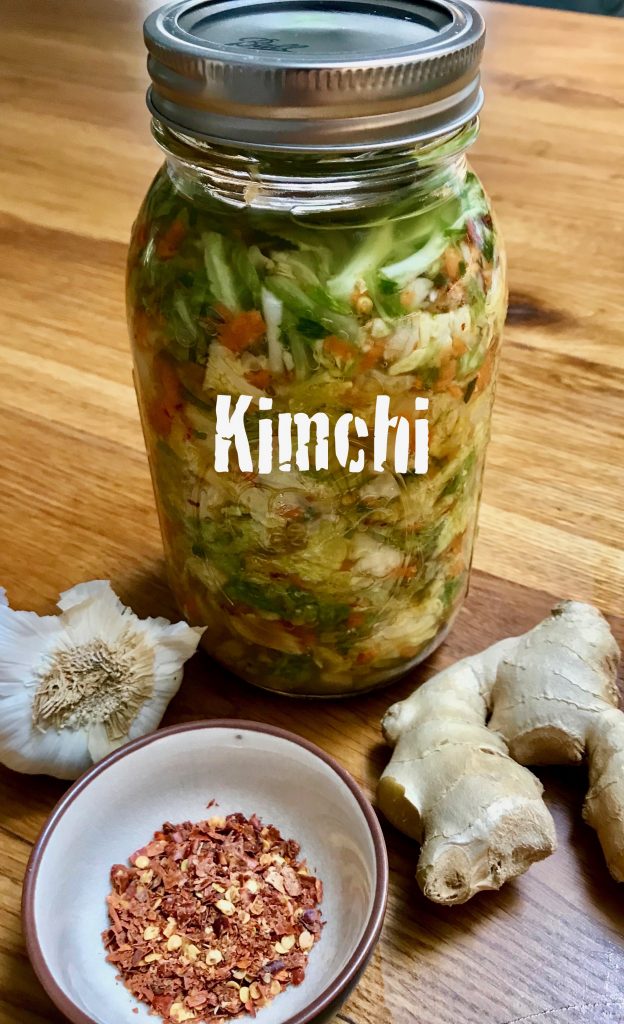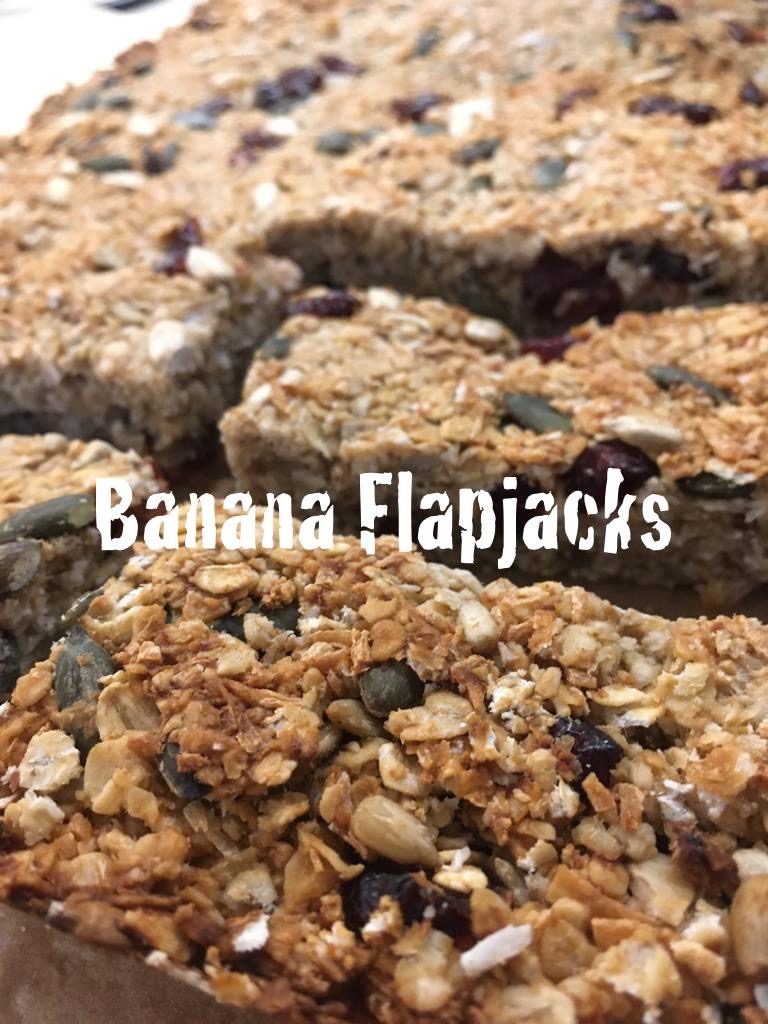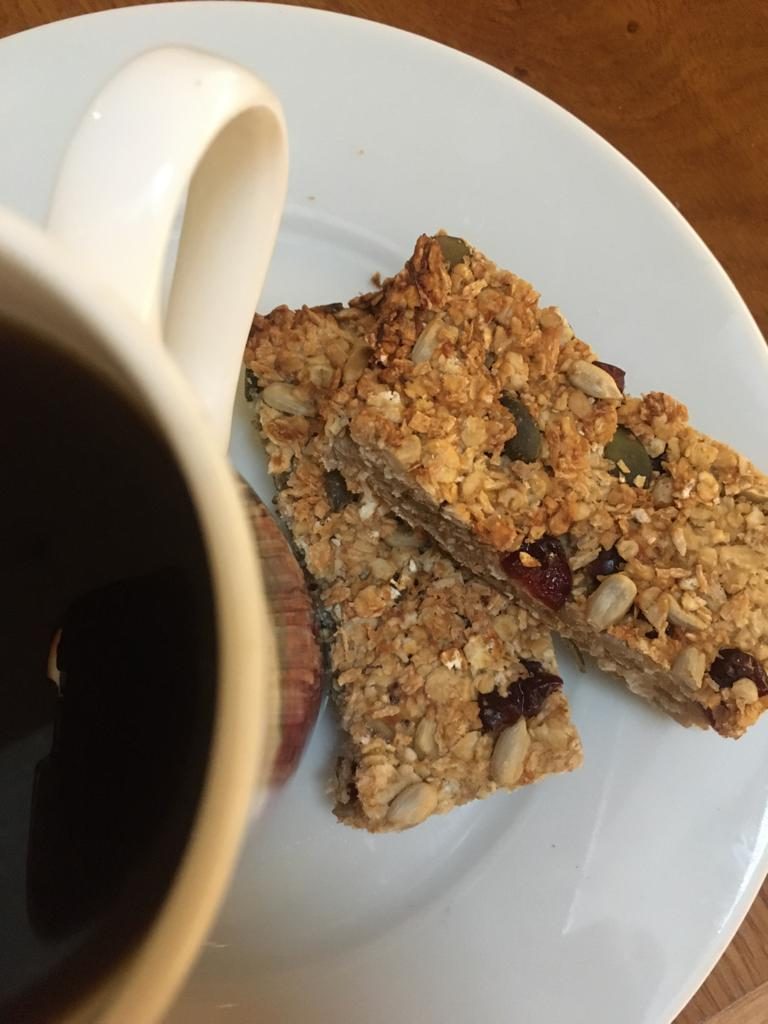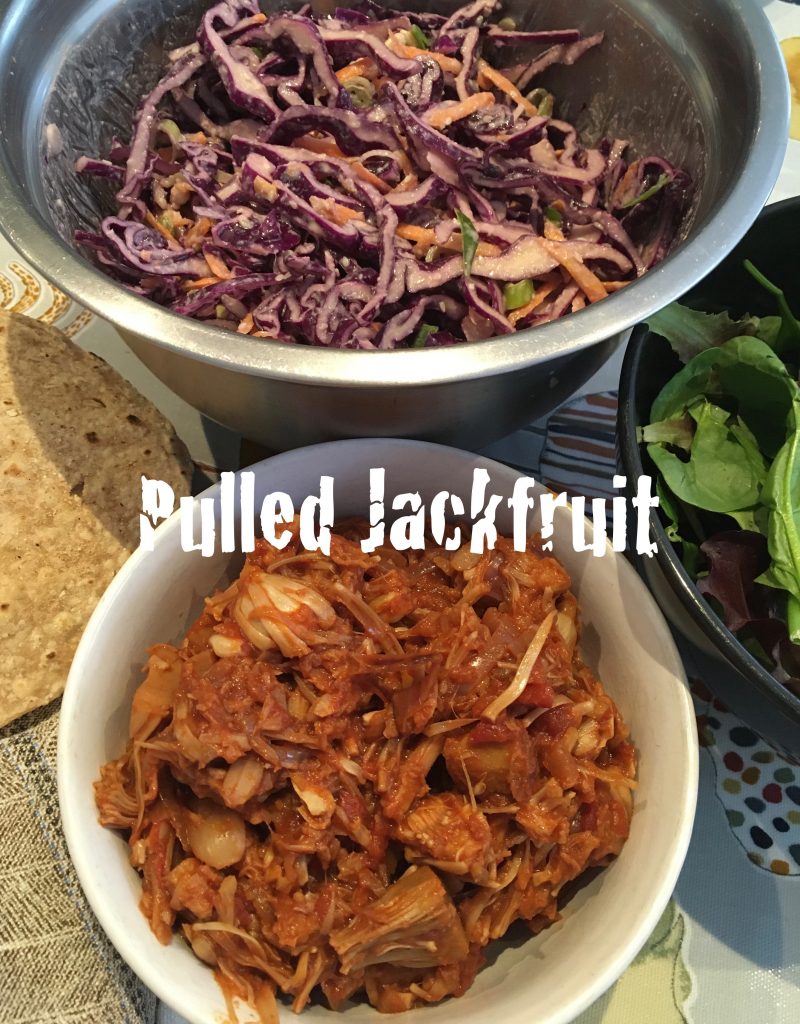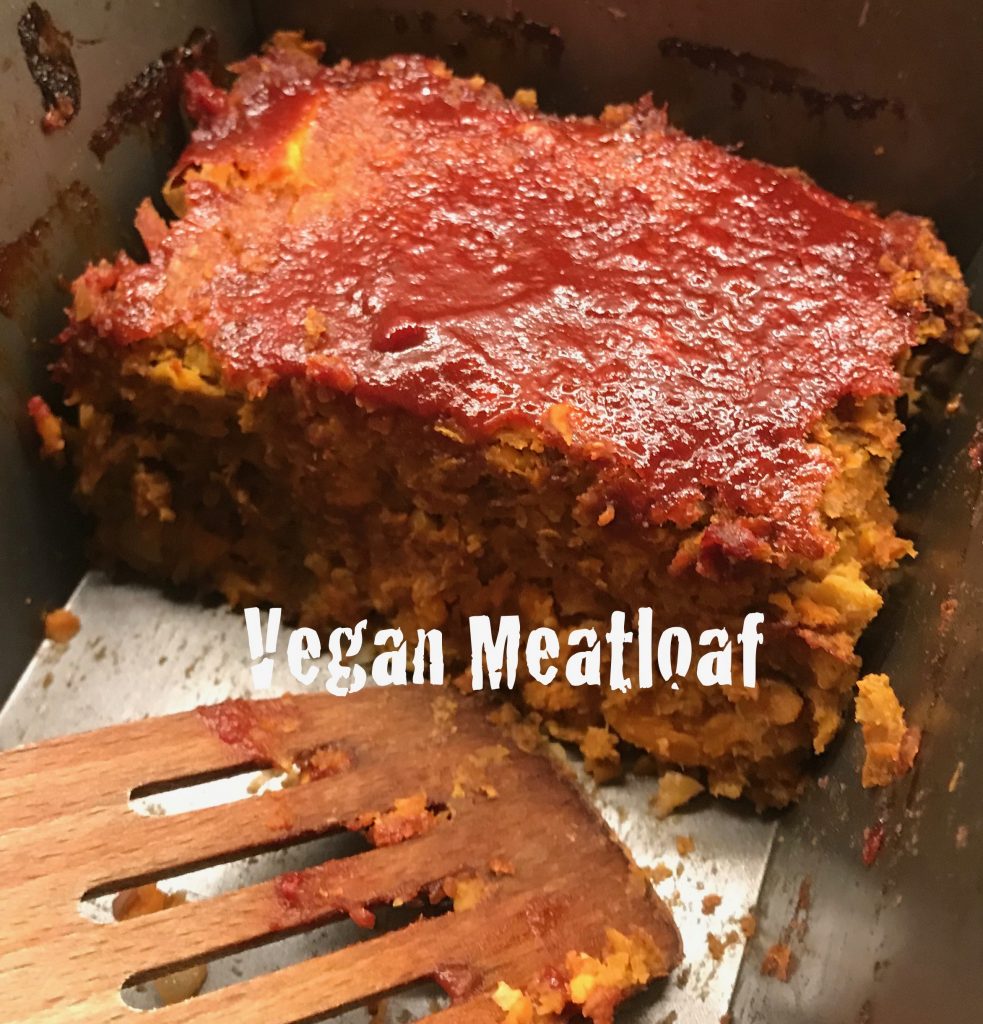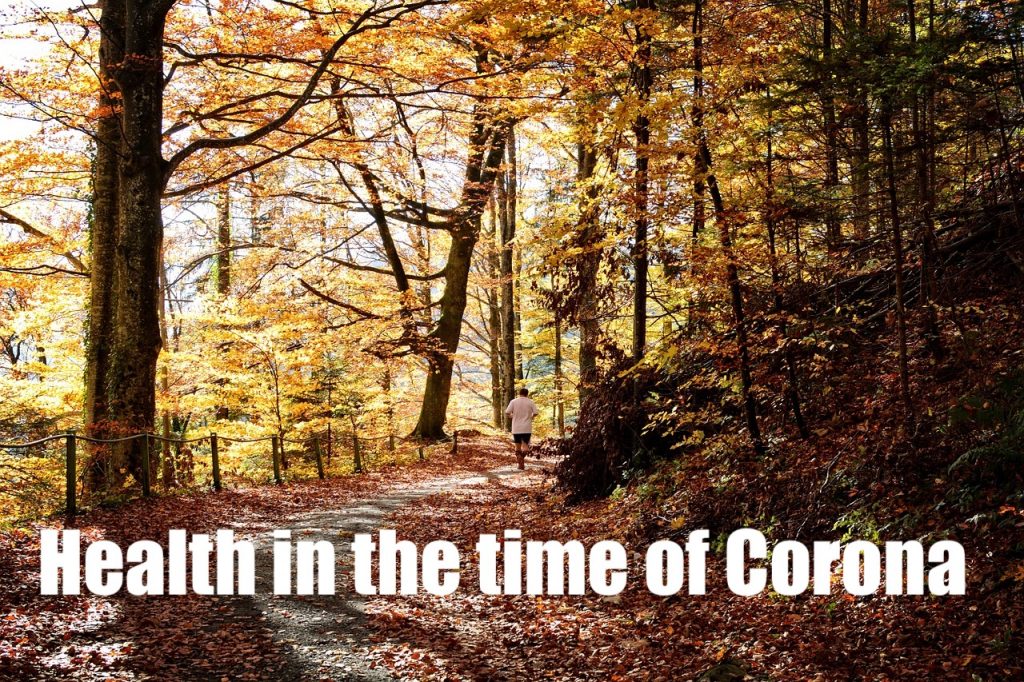
We’re living through strange and challenging times at the moment. Many of us will be anxious about our own health and that of our family and friends, about our livelihoods and about what the future will look like in a post-Covid world. Some of us will be busy with work. Others may have more time on their hands than usual. Some will be feeling lonely and isolated.
The pandemic and social distancing are going to be with us in one shape or form for many months, possibly years. This presents challenges, but it’s also a unique opportunity to improve our physical and mental health, and think about what sort of world we want to inhabit when the immediate crisis is over.
So what simple things can we do to stay healthy, optimise our immunity and improve our resilience at this time?
General public health guidance
Firstly and most obviously, we need to heed the national prevention guidance on social distancing and hand hygiene. At the time of writing, this involves:
- Staying at home if you’ve got symptoms of COVID-19 (cough, high temperature, change in sense of taste or smell)
- Keeping 2m apart from people not in your household
- Wearing a mask/ face covering in enclosed areas where social distancing is not possible
- Paying attention to hand hygiene and washing/ gelling hands after touching shared surfaces or equipment. Avoid touching your face.
5 key areas of health
Just as before the Covid-19 pandemic broke out, the key to staying healthy, active and resilient is to make sure you’re doing as many of the right things as possible in the 5 key areas of health. In other words:
- Manage stress
- Have enough good quality sleep
- Have regular contact with nature
- Move and exercise regularly
- Eat real food
Some of these might be more difficult than others, and I’ll address each in turn, but I’m going to pay particular attention to sleep and stress management, which are especially important at this time and have certainly been the most challenging for me over the past six months. There’s also information about nutrition, exercise and nature contact, which is drawn from other areas of this website.
1. Stress management
This is a massive subject, which I’m only able to cover superficially in this post. There are lots of different causes and solutions for stress, however in the context of the current pandemic let’s look at two practical methods we can employ to help manage it: mindset and meditation. There are plenty of other ways of coping which we can use in addition (better sleep, exercise, hobbies, less screen time, spending quality time with family and friends) but let’s focus on these two for now.
Please note, I’m not referring to clinical depression or anxiety here, rather the understandable worry and uncertainty that is a natural consequence of our current predicament. Stress management in this context refers to performing a bit of resetting and mental jujitsu that will hopefully allow us to relax a bit and deal with the situation in a more healthy and productive way.
Mindset
The pandemic has challenged and caused fear and anxiety for the vast majority of us, whether it’s regarding our own health, the health of our family and friends, uncertainty surrounding employment, loneliness and isolation or concern about what the future holds. We can’t alter the fact that it’s happening, or the impact it has on our jobs or education, but we most certainly can control the way in which we respond to the situation in terms of our thoughts and behaviours.
We could choose to ruminate and live in fear, hoarding and stockpiling, constantly checking coronavirus news feeds. Or we could go to the other extreme and pretend that the virus is inconsequential and try and go about business as usual. Neither of these approaches is healthy.
On the other hand, we can shift our mindset and flip the situation so that it works in our favour. Suppose we decide to take a positive approach, and view it as an opportunity for individual and societal growth?
Can you think of some ways you can turn this situation on its head. Are your priorities clearer now? What opportunities are available to you? Can you set yourself some goals?
Some obvious examples:
- Can you become a bit more self sufficient and grow some vegetables and herbs?
- Can you learn some DIY skills and do some of the home projects you’ve been putting off for ages?
- Can you teach your kids some new skills?
- Perhaps pick up a neglected musical instrument?
- Learn a new language?
- Maybe this is an opportunity to lose weight/ get fit/ get strong?
This is also an opportunity to take stock of what you have, rather than thinking about what you want. It can be really helpful to reflect on, or even better, write down, 3 things you are grateful for. Try doing this before sleep every day.
Meditation
Our minds can easily become overwhelmed by the constant chatter of different thoughts: ruminations on previous events, plans for the future, daily worries and information overload, preventing us from being grateful for what we already have and making us lose sight of what’s truly important. This is especially true when we’re trying to deal with stressful situations.
Meditation (or mindfulness) is a useful technique that we can use to calm our minds and reset. This is done by focusing our attention (usually on our breathing, an object or a word), and quelling the intrusive chatter of the “monkey mind”.
Meditation has been around for a long time, but only recently has it been studied scientifically in randomised controlled trials and fMRI research. Preliminary evidence is encouraging, and suggests it may have a number of mental and physical benefits, including:
- Stress reduction
- Helps with managing anxiety and depression
- Improved mood
- Improved focus and attention
- Improved sleep
- Help with pain management
Here’s an example of a simple meditation technique, focused around breathing:
- Ideally find a quiet space
- Sit comfortably
- Take 6 or 7 slow deep breaths to get you started, then just fall back into the natural rhythm of your breathing
- Focus on your breathing. Use your diaphragm rather than your shoulders or chest. Feel your abdomen rising and falling.
- When your attention wanders (which it will – this is normal), don’t get frustrated, just acknowledge the thought and allow it to dissolve away, and resume focus on your breathing
- Aim for 10 mins per day, but even a few minutes is good
- Morning is good as it helps to set you up for the day, however the evening is also useful as it helps to relax after work and as part of a sleep routine
Ultimately, your choice of meditation style is very personal, and you should experiment with different methods to find what is most helpful.
Other types of meditation and meditative activities include guided meditations, body scanning, metta meditation, mantra meditation, mindfulness, group classes, Shinrin Yoku and listening to music.
There are numerous resources and apps out there to help you, for example:
Headspace
Waking up
Calm
2. Sleep
Sleep is often underrated as a facet of health, yet it’s hard to overstate the importance of a decent nights sleep and the negative health consequences of sleep deprivation. As well as making you feel stressed and irritable, and impairing your judgement and productivity, sleep deprivation is associated with obesity, type 2 diabetes, impaired immunity, depression and anxiety, cardiovascular disease and increased risk of developing some cancers.
On the other hand, the health benefits of regular, high quality sleep include more energy, improved mood, greater creativity, better immune system functioning, improved memory and concentration, easier maintenance of a healthy weight, and a reduced risk of developing chronic diseases such as type 2 diabetes.
But what is a good night’s sleep? What are we aiming for as a general rule is at least 7, preferably 8 hours of good quality, refreshing sleep. So how can we increase our chances of getting it?
The key is to create an evening routine, and creating a good sleep environment.
A routine might look something like this:
- Eat dinner early, at least two hours before bed, preferably more. Avoid caffeine after midday, or at least 8 hours before bed. Avoid or limit alcohol.
- Stop using your computer/ smartphone/ checking social media/ checking emails/ news feeds/ watching TV (ie. engaging in any stimulating activities) at least 1 hour before bed, preferably longer.
- If you must use tech in the evening, at least put it into night shift mode which limits the amount of blue light emitted. It’s thought that blue light from our phones and other computer screens inhibits melatonin production by the brain, which is crucial to our sleep/ wake cycling.
- Instead, do something relaxing such as reading a book, having a shower or bath, listening to music, meditating , stretching.
- Put some effort into re-organising your bedroom into a pleasant sleeping environment. Remove all screens, phones, tablets, LED’s. Makes sure the bedroom is dark, quiet and cool. Use thick curtains or even black-out blinds if you have a lot of light pollution outside your window.
- Inevitably on some days, life will get in the way and you won’t be able stick to this routine. That’s OK. Think of it as the ideal which we’re striving for and try and achieve it most of the time. Don’t beat yourself up if you lapse. A sleep routine is a habit and habits take time to develop.
3. Nature
The health benefits of nature are clearly acknowledged in the public health guidelines issued during the early days of the pandemic, which prioritised allowing us to escape lockdown and do some sort of outdoor exercise every day.
We intuitively know that nature contact is good for us, however this intuitive knowledge is now backed up by a growing body of empirical research and epidemiological studies, which strongly suggest that interacting with nature has a wide range of health benefits; not just psychological, but also physical, cognitive and social.
Here are just a few of the reported benefits:
- Reduced mortality from all causes
- Reduced risk of suffering from certain illnesses
- Stress reduction
- Improved mood and self esteem
- Improved short term memory
- Increased creative problem solving ability
- Reduced inflammatory markers
- Increased expression of anti-cancer proteins
- Reduced symptoms in people with mental health problems
- Reduced symptoms in children with ADHD
- Reduced health inequality
The reality nowadays however, is that most people live in an increasingly urbanised environment and spend much of their time indoors, especially during winter, which can make getting regular nature exposure quite challenging.
Whilst it’s always going to be preferable to get outside whenever possible, there is some (rather limited) evidence that exposure to indoor nature such as indoor plants, images of nature or window views of nature provide at least some of the health benefits associated with exposure to outdoor green spaces. This is important if you live in an apartment with no access to a garden, park or countryside and especially so if we have to go back into lockdown.
Proposed benefits of indoor nature include:
- Improved mood
- Reduced stress
- Improved attention
- Improved cognitive function
Whilst the evidence is somewhat limited and many questions remain to be answered, there’s no harm in arranging our indoor environment in such a way as to increase our exposure to indoor nature. For example:
- Buy some indoor plants
- Plant some indoor seeds
- Let in as much natural light as possible
- Arrange your furniture and seating to take advantage of any views of nature such as trees or sky
- Take some photos of natural landscapes you enjoy and put them up on your walls
- Collect some natural objects and create some home art with them (eg. pine cones, leaves, bark, stones, shells)
- Watch inspiring nature documentaries
- Use natural sounds (from apps) as ambient noise (eg. rain, waves, frogs, crickets)
Here are some other tips and suggestions to help us get a regular dose of real nature:
Work nature into your daily routine
Time can be a big issue for most of us, but what about sitting outside for 10 minutes at some point during the day. If you have a garden or balcony, can you have your morning cup of coffee outside before you start the day, or when you get home to help you unwind? If the weather’s OK can you eat your dinner al fresco?
Alternatively, is there a park or other public green space near your work where you can go and have lunch, or take a short walk during the day?
Another obvious way to increase both your nature exposure and exercise is to switch from using your car or public transport, to active travel for your daily commute to work.
If that’s not possible, maybe you could try walking or cycling to work one day a week. If it’s too far, can you drive or get public transport part of the way, and walk or cycle the rest? Can you design a route that takes you through a park or other type of green space?
Take your exercise outside
Is it possible to take your workout outside occasionally?
Nature provides a great natural gym. You can go to your garden, local park or woodland and do some outdoor high intensity circuit training: pull-ups on tree branches, deadlifts using rocks, farmers carries using logs, jumps onto or between obstacles.
If you’re into running, instead of pounding the pavements, can you find a local trail to explore? If you like swimming, have you ever considered ocean swimming or wild swimming in rivers or lakes?
Go on a microadventure
This is a great term coined by adventurer Alastair Humphreys. According to his definition, a microadventure is “an adventure that is close to home, cheap, simple, short, and yet very effective.” This sounds like something that’s ideally suited to our current situation, where we’re trying to avoid travel outwith our local areas, to minimise the spread of Covid.
For a start, why not try spending the night camping in your back garden occasionally? If you’ve got young kids, you can involve them too. They’ll think it’s a great adventure.
Tents, sleeping bags and all the other requisite gear for camping are becoming much more affordable. You don’t need to buy a top of the range, 4 season expedition tent that can withstand Himalayan storms!
What if you don’t have a garden or if you want to explore further afield? Try wild camping…but remember that you can’t just set up camp anywhere. In England and Wales you may need permission from the landowner. In Scotland the Land Reform (Scotland) Act 2003 applies, giving you the right to roam, as long as it’s in a responsible manner.
Wherever you go though, it’s very important to act responsibly, be as inconspicuous as possible and leave no trace. Pack out all litter, avoid fires, and learn how to take a shit in the woods properly. Seriously – find a suitable spot at least 50m away from water, take a small trowel, and bury your waste in a hole at least 6 inches deep.
Take this opportunity to truly explore your local area, on foot, by bike, on or in the water. You could also try foraging for seasonal wild foods such as wild garlic, elderflowers, mussels and blackberries.
Change your mindset (and your clothes)
Here in the UK, the weather can be perceived as a significant barrier to getting outside. But we‘re not the only country to have challenging weather conditions. Modern outdoor clothing is highly effective at keeping us warm and dry in all but the most miserable conditions. And remember how great it feels to come inside after having an outdoor adventure in the cold and wet.
All we need is a change of mindset. The health benefits of nature are on offer whatever the weather, so invest in some decent outdoor gear and rediscover that being outside is an important and normal part of everyday life.
4. Movement and fitness
Again this is a huge topic, but in the context of staying healthy during the pandemic, let’s focus on High Intensity Interval Training (HIIT). Why? Because HIIT can be done while cooped up at home, no special equipment is required (just a bit of floor space and your own bodyweight), and there’s pretty good evidence that even short periods of HIIT improves health and fitness. For more in depth information about the science behind it, check out this blog post.
High Intensity Interval Training simply means repeated bursts of high intensity exercise at, or approaching, maximal effort, with short periods of rest or low intensity activity in between. In lab studies, HIIT regimes tend to involve treadmills and cycle ergometers, and you can certainly work a HIIT schedule into your run, cycle or rowing sessions. However, in reality there are endless ways of doing HIIT.
The simplest way would be to work interval training into your daily routine. For example, if you are out walking then you could simply pick up the pace for short periods, or walk up hills, or take the stairs more often.
However, it’s now becoming really popular to do a form of HIIT known as High Intensity Circuit Training (HICT) – there’s no special equipment required here, it can be performed anywhere, using body weight as resistance.
For an example, try the HICT workout on this website.
Other HIIT resources:
Martin Gibala
The Body Coach (aka Joe Wicks)
5. Eat real food
More time at home is giving us the opportunity to do more home cooking, and put more thought into what we buy from the supermarket – this is a great opportunity to look at what we eat and optimise our eating habits to improve our health and immunity. Eating healthily is not complicated – here are the NBF food principles:
- Eat real food, not the mass produced snacks, breakfast cereals, ready meals and processed food found in the middle aisles of the supermarket
- Eat a plant based whole foods diet i.e. a diet based around plenty of vegetables, fruit, legumes, nuts, seeds and grains
- Limit your consumption of meat and dairy – whether or not you decide to eliminate them completely is more of an ethical and environmental issue. See here for further information.
- Eat SLOW food whenever possible – Seasonal, Local, Organic, Whole food
- Cook your own food as much of the time as you can, that way you know what you’re eating
- Fast food is OK – as long as you make it yourself!
- Avoid soft drinks like the plague – stick to water, tea, coffee, herbal teas (and avoid caffeine after midday)
- Everything in moderation – including moderation. There’s nothing wrong with eating out, getting takeaway and having cake from time to time – just not everyday. However, most people tend to find that the healthier their diet, the less they view these sort of things as treats and the less inclined they are to want to eat them.
There’s an ever evolving list of plant based recipes on this website if you need some recipes and ideas.
